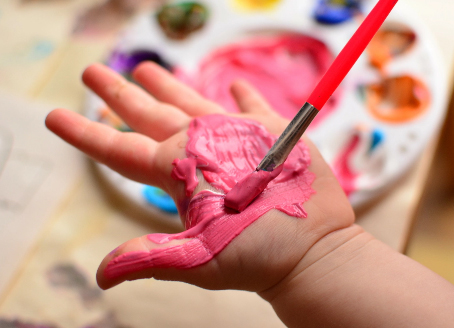Services
Juvenile Arthritis
What is juvenile arthritis?
Juvenile arthritis, also called juvenile idiopathic arthritis (JIA), is a condition where there is an inflammation of the synovium, the tissue that lines the inside of the joints. Juvenile arthritis affects children who are 16 years and younger. This is an autoimmune disease, meaning the immune system, which is responsible for protecting the body from diseases, attacks the body instead.
What are the symptoms of juvenile arthritis?
Children with juvenile arthritis may not experience any symptoms at all. However, when there are symptoms, they may vary depending on the type of juvenile arthritis the child has. All forms of the condition, however, have common symptoms, including persistent joint pain, warmth, swelling and stiffness that normally worsens in the morning and after a nap or prolonged sitting.
The earliest sign of juvenile arthritis is limping in the morning due to the presence of the disease affecting one or more joints of the legs. Symptoms may flare up for a few weeks or months, followed by times when they get better. In some cases, some children may experience 1 or 2 flares and never have symptoms again, while others may get flares or symptoms that never fully go away.
Besides joint problems, inflammation caused by juvenile arthritis may cause symptoms such as:
- Growth problems
- Fever
- Eye inflammation which may lead to eye problems and vision loss if left untreated.
- Skin changes such as rashes.
There are seven different types of juvenile idiopathic arthritis, namely:
- Systemic arthritis – sometimes referred to as Still’s disease, is a condition that affects the entire body or involves many systems of the body. Systemic juvenile arthritis causes symptoms such as high fever and a rash that is normally on the trunk, arms and legs. This type of juvenile arthritis may also affect internal organs, including the liver, heart, spleen and lymph nodes.
- Psoriatic arthritis – This is a condition that has both arthritis and a skin disorder called psoriasis. Often children with psoriatic arthritis have pitted fingernails.
- Oligoarthritis – Oligoarthritis, previously called pauciarthritis, is a condition that affects less than five joints. It usually involves the large joints, typically the knees and ankles but sometimes also the wrists and elbows.
- Polyarthritis - Affects five or more joints in the first six months of being diagnosed with the disease. It often affects the same joints on each side of the body, such as the jaw, neck, hands and feet, i.e. the joint involvement is usually symmetrical. This group is divided according to the presence or absence of the rheumatoid factor, which can be positive or negative. Hence Polyarticular RF positive type as well as Polyarticular RF negative type
- Enthesitis-related arthritis – This is a type of arthritis that may affect the spine, eyes, hips and entheses (places where tendons and ligaments attach to the bones).
- Undifferentiated arthritis - children are classified to have undifferentiated arthritis if they do not meet the criteria for one of the categories or if they meet the criteria for more than one type of JIA.
What are the treatment options for juvenile arthritis?
Juvenile arthritis treatment depends on the type of juvenile arthritis diagnosed. Treatment aims to relieve pain, reduce swelling, increase joint mobility and strength, as well as prevent joint damage and complications. Dr Ambaram may prescribe nonsteroidal anti-inflammatory drugs, disease modifying anti-rheumatic drugs, corticosteroids and antimetabolites.
FAQ:

"
The Soul is healed by being with children.
- FYODOR DOSTOEVSKY
"
What is a paediatric rheumatologist?
A paediatric rheumatologist is a doctor that cares for children and adolescents with medical conditions such as inflammatory and non-inflammatory musculoskeletal disease and autoimmune diseases. Autoimmune inflammatory diseases include juvenile dermatomyositis, juvenile Idiopathic arthritis, vasculitis, scleroderma, systemic lupus erythematous and periodic fever syndromes. Non-inflammatory diseases include chronic musculoskeletal pain syndromes, juvenile hypermobility and growing pains.



